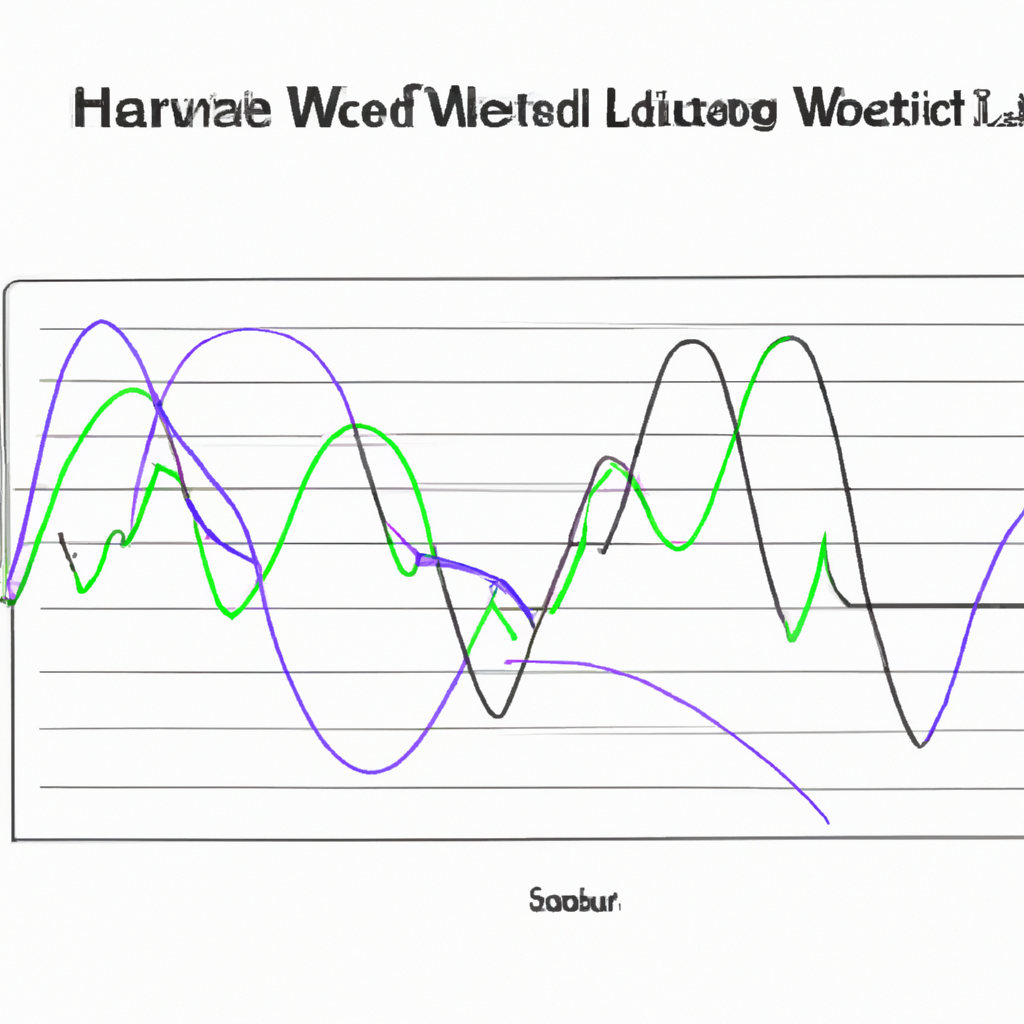Trend Analysis Using Moving Averages
Introduction
In the world of finance and investing, understanding trends is crucial for making informed decisions. One popular tool used by traders and analysts for trend analysis is the moving average. This article will explore the concept of moving averages and how they can be used to analyze trends in financial markets.
What is a Moving Average?
A moving average is a statistical calculation that is used to analyze data points over a certain period of time. It is called a moving average because it continuously updates as new data becomes available, “moving” along the timeline. The moving average smooths out fluctuations in the data and helps identify the overall trend.
Types of Moving Averages
There are different types of moving averages, but the two most commonly used are the simple moving average (SMA) and the exponential moving average (EMA).
Simple Moving Average (SMA)
The SMA is the most basic form of a moving average. It is calculated by adding up a set of data points over a specific time period and dividing the sum by the number of data points. The result is a single data point on the chart, which represents the average value over that time period.
Exponential Moving Average (EMA)
The EMA is similar to the SMA, but it gives more weight to recent data points. This means that the EMA reacts more quickly to changes in the market compared to the SMA. The formula for calculating the EMA involves assigning a weight to each data point, with the most recent data point receiving the highest weight.
Using Moving Averages for Trend Analysis
Moving averages are primarily used to identify trends in financial markets. Traders and analysts often look for two types of crossovers to determine trend direction:
1. Moving Average Crossover
A moving average crossover occurs when a shorter-term moving average crosses above or below a longer-term moving average. When the shorter-term moving average crosses above the longer-term moving average, it is considered a bullish signal, indicating an upward trend. Conversely, when the shorter-term moving average crosses below the longer-term moving average, it is a bearish signal, indicating a downward trend.
2. Price and Moving Average Crossover
Another important crossover is the price and moving average crossover. When the price of an asset crosses above its moving average, it suggests a bullish trend. On the other hand, when the price crosses below the moving average, it indicates a bearish trend.
Conclusion
Moving averages are powerful tools for trend analysis in financial markets. By using different types of moving averages and analyzing crossovers, traders and analysts can gain valuable insights into the direction of trends. However, it is important to note that moving averages are not foolproof and should be used in conjunction with other technical indicators and fundamental analysis to make well-informed investment decisions.



